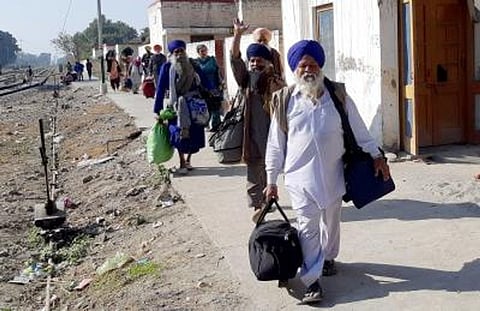The Taliban also imposes the jizya, a tax levied on non-Muslims, in several parts of the tribal areas. In 2009, the Taliban destroyed the houses of 11 Sikh families in Orkazi Agency for refusing to pay jizya. In 2010, Jaspal Singh, a young man from Khyber Agency, was beheaded after his family couldn't pay up. In January 2020, Rowinder Singh, a 25-year-old Sikh man who had come to Peshawar from Shangla district in Khyber Pakhtunkhwa to shop for his wedding, was shot dead by unknown gunmen in Peshawar.


